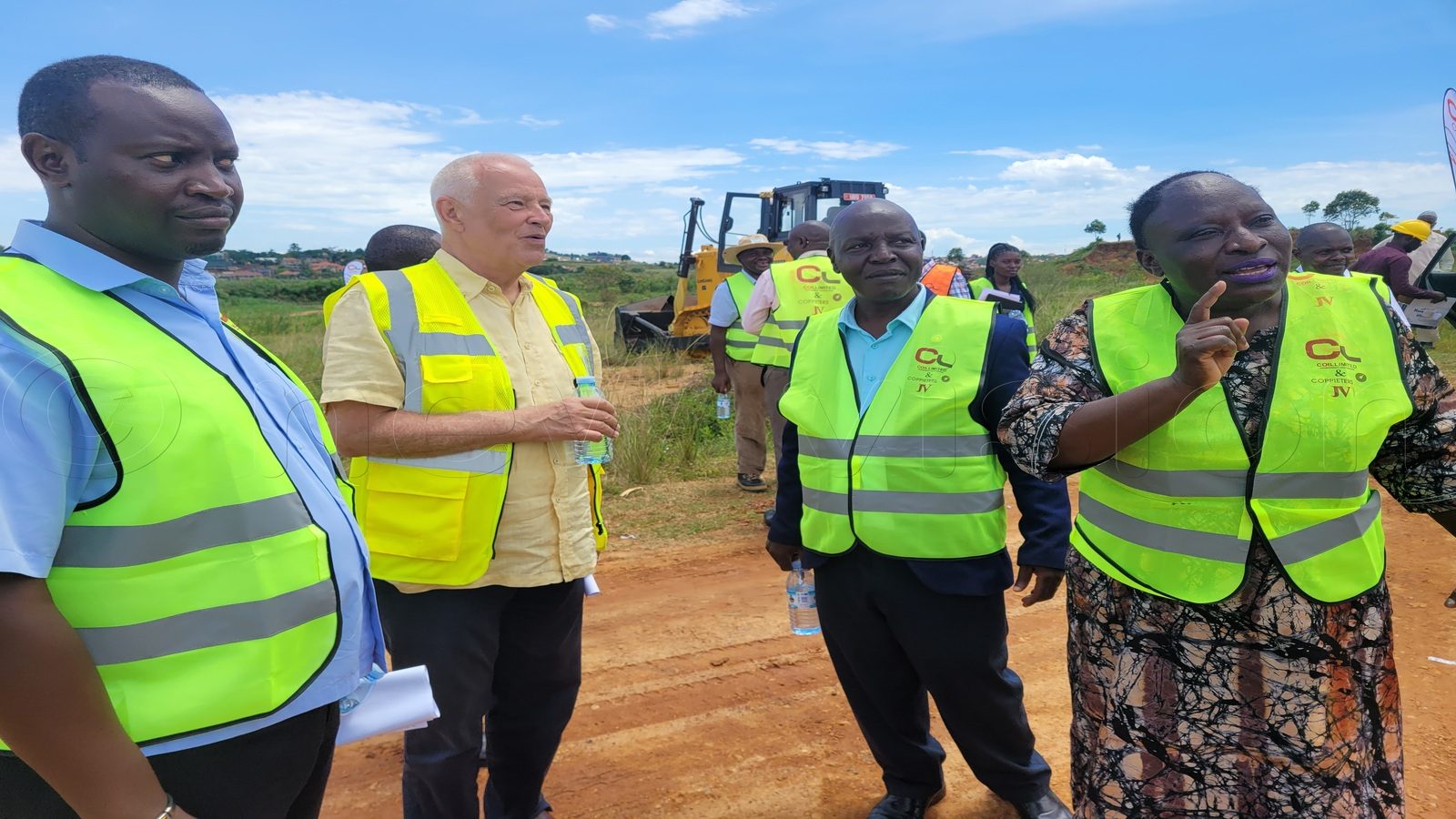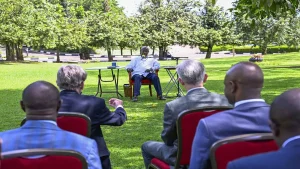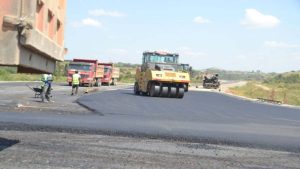Share
The first stage of Bukasa Port’s building on Lake Victoria has been started by the government.
Land reclamation is the first step in the port’s construction.
When finished, Bukasa will be the only port in the nation; Port Bell and Jinja are simply piers, according to Rose Mary Tibiwa, commissioner for transport infrastructure services at the Ministry of Works and Transport.
According to her, the port will be connected to three different forms of transportation: road, rail, and water. It will connect Mombasa and Kisumu by rail via Lake Victoria and be a part of the Central Corridor, which runs from Bukasa to Mwanza, Musoma, Tanga, and Dar es Salaam.
The first phase contract, worth Euros 14.9 million, was given to Coppieters JV and GAUFF consulting engineers for a one-year period.
To support trade, the 400 hectare port will handle cargo carried internationally by ship, rail, and road. It will also serve as a gateway for international traffic along the Central and Northern Corridors. Additionally, the port will function as a logistical hub for the assembly, warehousing, and redistributing of imports and exports.

According to him, the main goal of building a port at Bukasa is to handle the nation’s quickly increasing traffic needs by connecting Kenya and Tanzania through the Central Corridor on Lake Victoria, thereby minimizing the reliance on the Northern Corridor. Additionally, the port will support regional integration, competition among transport corridors, and regional trade. lower the cost of conducting business, road maintenance, and traffic on the Northern Corridor, all of which will contribute to higher socioeconomic development. After the port is finished, traffic movement via the Central Corridor Route will be improved, preventing the Northern Corridor from naturally having the monopoly on use.
Additionally, it will improve the flow of products in transit to Uganda, Southern Sudan, and the Eastern Democratic Republic of the Congo, boost local industry, which raises revenue for the Ugandan government, encourage trade, and generate jobs.







